
During the final days of WWII, a group of SS troops robbed Nazi Germany’s central bank and made off with millions of dollars worth of gold. Photo by Jingming Pan on Unsplash.
Since the end of World War Two, stories about the hidden treasures of the Nazis have captivated the imagination of ordinary people and treasure hunters the world around. Although stories about mythical treasures have been greatly exaggerated throughout the years, the Nazis had managed to amass large numbers of gold, currency, valuables, and artwork during their invasion and occupation of Europe.
During the final days of the war, a group of SS troops robbed Nazi Germany’s central bank and escaped with more than $130 million in what amounts to the largest bank robbery in history.
Nazi Gold: A King’s Hoard
But although the Nazi regime was about to collapse, its main bank, the Reichsbank, was stoked with money and loot from the invasions and occupations of Europe. The total amount inside the bank’s vault was valued at approximately $3.4 billion in today’s dollars.
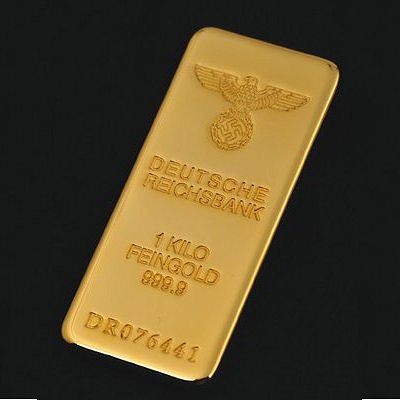
In February 1945, the Reichsbank was partially destroyed during a massive Allied air raid. Approximately 950 B-17 Flying Fortresses leveled downtown Berlin, damaging several buildings, including the central bank. Although the 5,000 or so employees of the bank managed to survive the air raid by taking shelter in the building’s underground bunkers, the upper stories were all but destroyed.
Hitler then decided to move and disperse as much of the treasure as possible to prevent it from being destroyed. Gold, money, and other loot were distributed in hiding sites in southern Germany and Austria, presumably as a way to fund an insurgency in the event of an Allied occupation of Germany.
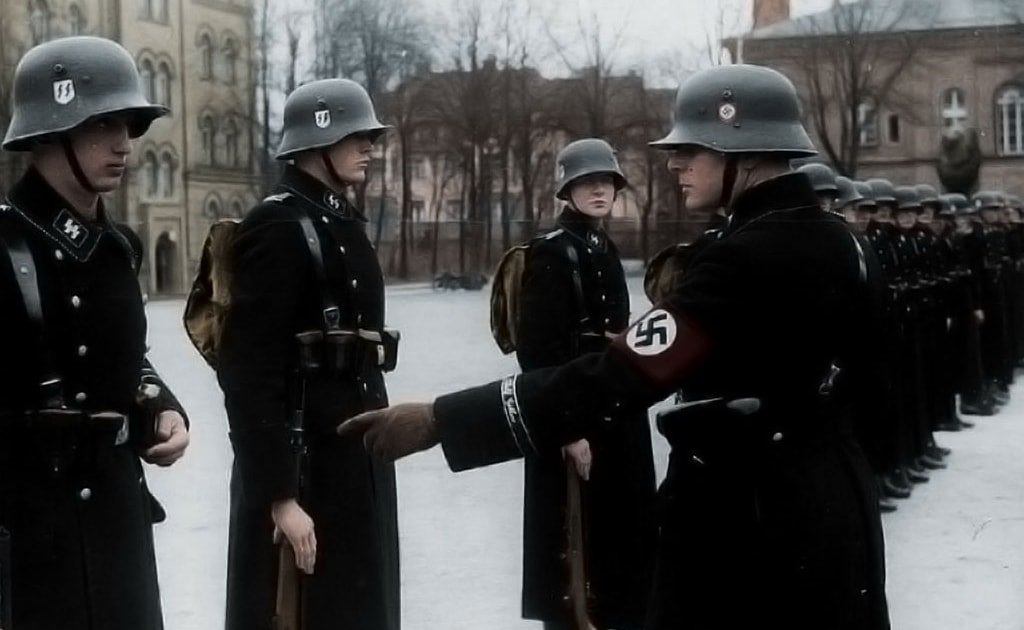
Hitler chose the Merkers potassium mine, a very deep mine about 200 miles southwest of Berlin. There, the Nazis moved over 100 tons of gold, in addition to gold coins, paper currency, and other valuables, such as artworks.
The total value of the Nazi gold that was moved at the mine was about $520 million at the time, which in today’s money amounts to approximately $8 billion. It included 3,682 bags and cartons of German Marks, 80 bags of foreign currency, 4,173 bags containing 8,307 gold bars, 55 boxes of gold bullion, 3,326 bags of gold coins, 63 bags of silver, 1 bag of platinum bars, 8 bags of gold rings, and 207 bags and containers of SS loot.
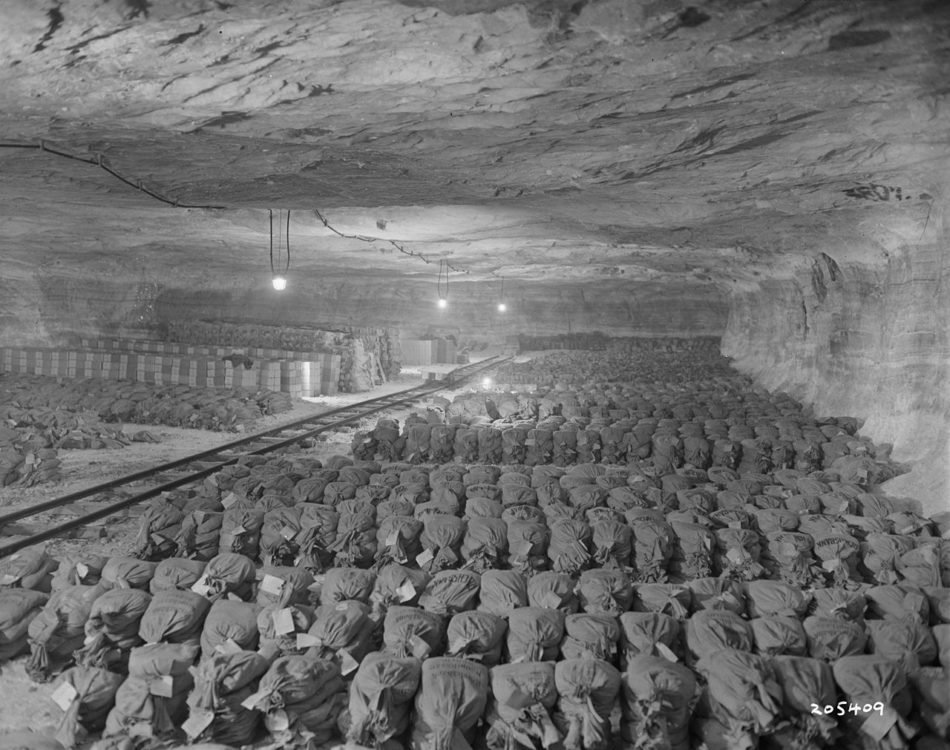
The shift advance of General Patton’s 3rd Army, however, captured the Merkers mine before the Germans could move any of the treasure.
You got the money? Let’s scoot
In April 1945, the Red Army finally reached the capital of Germany. It had been almost four years since German troops unleashed one of the largest invasions in history against the Soviet Union. During those four years, the Soviet military and civilian population suffered massive casualties trying to halt the Nazi onslaught. Close to 20 million Soviet troops and civilians perished in the fight.
The defense of Berlin was left to some remnants of the Wehrmacht, foreign Waffen SS formations—including French—and the Volkssturm, a sort of German national guard made up by old men and young children. On the opposite side, millions of Soviet troops formed up to conquer the capital of their enemy and end the dream of Hitler’s thousand-year-old Reich.
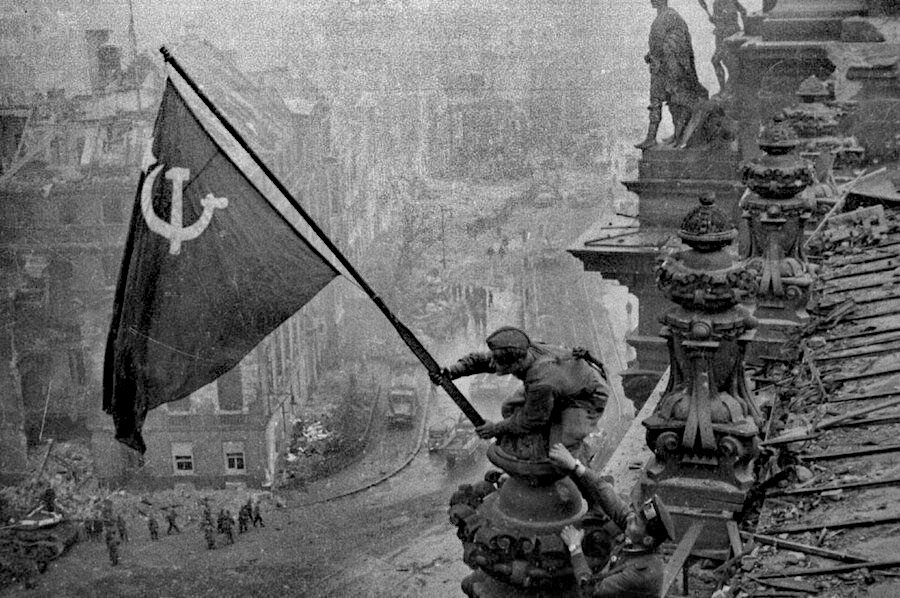
Reichsbank was emptied in mid-April and treasure was sent to Bavaria in Southern Germany. This included more than $3 billion in paper currencies.
Berlin finally surrendered on May 2, and the Soviets captured any gold and valuables left.
The SS leadership who had escaped in Bavaria chose SS Colonel Josef Spacil, who had remained in Berlin, to lead the bank heist. Spacil had commanded a military police unit in the occupied Netherlands at the start of the war and was a wanted war criminal among the Allies.
On April 22, with the Soviets already at the gates of Berlin, Spacil and his men arrived at the Reichsbank with trucks. Weapons in hand, they entered the building and ordered the employees to open the vaults. They took everything they could transport, including paper currency, diamonds, jewelry, and bonds. But they left any gold that was in the vaults behind as they didn’t want to be slowed down by the weight. The SS troops loaded the loot in the trucks and drove off to a nearby airfield that was still in German hands. There they boarded waiting Junkers 52 transport airplanes for the trip to Austria.
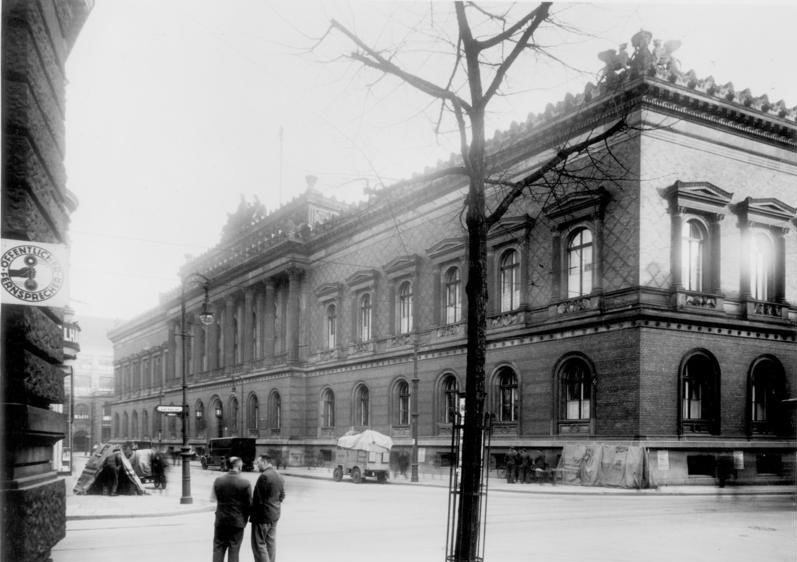
Once in Austria, the SS troops found out that American and French mechanized forces were approaching. So they hid much of the loot in several different places around Saltzburg for future use, while taking a lot for themselves in the process.
They also met the famous Lieutenant Colonel Otto Skorzeny, Hitler’s commando who had rescued Benito Mussolini during one of the most daring special operations missions of the war a few years earlier. Spacil, Skorzeny, and their men dispersed and either went to the mountains to hide or mingled under disguise with the surrendering German forces. However, American troops caught one of Spacil’s staff, who led them to one of the hide sites that held approximately $8 million worth of treasures. But about $123 million of Nazi gold remained unaccounted for.
ySkorzeny was captured and interrogated but never revealed the position of the hidden treasure. Three years later, Hitler’s commando, Skorzeny, escaped and later resurfaced in Spain, where he lived in extreme luxury. He went on to use his money and influence to fund an escape network that helped SS and German war criminals escape to South America.
To this day, approximately $6 billion from the Reichsbank remains unaccounted for.
This article was originally published Nov. 4, 2021 on Sandboxx News. Follow Sandboxx News on Instagram.
Read Next: ‘The Other Schindler’: The Woman Who Smuggled 2,500 Jewish Children out of Warsaw in World War II

Coffee or Die is Black Rifle Coffee Company’s online lifestyle magazine. Launched in June 2018, the magazine covers a variety of topics that generally focus on the people, places, or things that are interesting, entertaining, or informative to America’s coffee drinkers — often going to dangerous or austere locations to report those stories.
BRCC and Bad Moon Print Press team up for an exclusive, limited-edition T-shirt design!
BRCC partners with Team Room Design for an exclusive T-shirt release!
Thirty Seconds Out has partnered with BRCC for an exclusive shirt design invoking the God of Winter.
Lucas O'Hara of Grizzly Forge has teamed up with BRCC for a badass, exclusive Shirt Club T-shirt design featuring his most popular knife and tiomahawk.
Coffee or Die sits down with one of the graphic designers behind Black Rifle Coffee's signature look and vibe.
Biden will award the Medal of Honor to a Vietnam War Army helicopter pilot who risked his life to save a reconnaissance team from almost certain death.
Ever wonder how much Jack Mandaville would f*ck sh*t up if he went back in time? The American Revolution didn't even see him coming.
A nearly 200-year-old West Point time capsule that at first appeared to yield little more than dust contains hidden treasure, the US Military Academy said.












